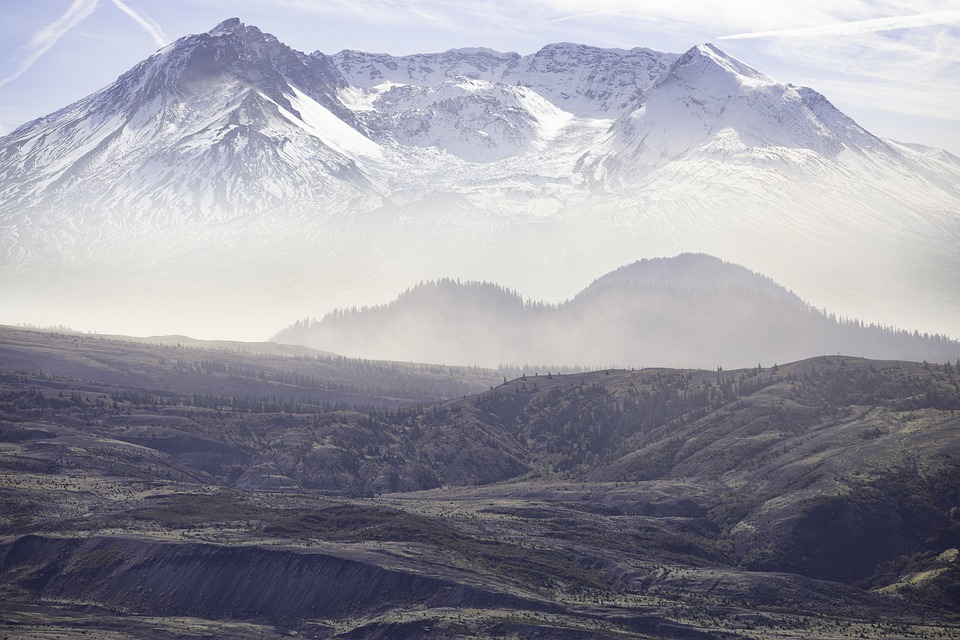Title: Deep Dive Into Volcanic Gases: The Invisible Hazards Accompanying Eruptions
Summary: Beyond lava flows and ash clouds, volcanic eruptions release a lethal cocktail of gases that pose silent, yet severe, threats. This article delves into what these gases are, how they impact our environment and health, and the future of studying them. A suggested visual aid and FAQs section will provide further clarity.
Understanding Volcanic Gases: The Unseen Threat of Eruptions
Volcanoes are fascinating geological occurrences. The awe-inspiring spectacle of magma spewing forth from the earth’s crust entices many. However, the visual splendor often overshadows an invisible danger that looms beneath – volcanic gases. These gases may seem unimportant or overlooked, but they can drastically affect the environment and health of local inhabitants, both directly and indirectly.
Volcanic gases are crucial to understanding the volcanic process, yet they represent a largely unexplored realm of volcanology. In this article, we’ll embark on a deep dive into the nature, effects, and strategies to mitigate the risks associated with volcanic gases.
The Composition of Volcanic Gases and their Origins
Volcanoes release about 130 to 380 teragrams of global annual CO2 emissions. The primary gases contain a variable percentage of water vapor, carbon dioxide, sulfur dioxide, hydrogen chloride, hydrogen fluoride, and trace amounts of other noble gases, and metal vapors.
The majority of these gases are by-products of decompression melting. As magma travels towards the surface, the reduction in pressure causes gases dissolved in the magma to exsolve, leading to expansion and eventually to explosive eruptions. Some gases like fluorine and chlorine are incorporated into the magma from the surrounding rocks.
The Environmental and Health Impacts
Volcanic gases play a crucial role in shaping the Earth’s atmosphere, oceans, and climate. They significantly contribute to terrestrial and atmospheric chemical cycles. For instance, sulfur dioxide emitted during volcanic eruptions can cause volcanic smog (vog) and acid rain, impacting air quality and the health of the ecosystem.
From a health perspective, respiratory issues are a significant risk. Volcanic ash, often heavily laden with volcanic gases, poses severe health threats when inhaled. Prolonged exposure can cause chronic bronchitis, silicosis, and exacerbate existing lung diseases and respiratory conditions.
Monitoring and Mitigating Hazards of Volcanic Gases
Scientific monitoring of volcanic gas emissions is essential in forecasting eruptions and minimizing exposure risks. Technologies such as remote sensing, ground-based gas detectors, and drone technology are increasingly utilized for real-time gas monitoring.
Further, mitigation of risks associated with volcanic gases involves educating communities near volcanic areas about the risks, evacuation plans, and the potential health impacts.
(Insert suggested image of a volcanic gas detector here)
Moving toward the future, the scientific community continues to unravel the mysteries of volcanic gases. With advancements in technology and an increased emphasis on volcanic hazard awareness, volcanic gases — the invisible hazards accompanying eruptions — will gradually become less shrouded in mystery.
FAQs:
-
Q: What are some common volcanic gases emitted during eruptions?
A: The primary gases include water vapor, carbon dioxide, sulfur dioxide, hydrogen chloride, and hydrogen fluoride. -
Q: How do volcanic gases affect the environment?
A: Volcanic gases can contribute to the chemical cycles of the atmosphere, oceans, and climate. For example, sulfur dioxide can cause volcanic smog and acid rain. -
Q: What health problems can volcanic gases cause?
A: Prolonged exposure to volcanic gases can lead to respiratory issues like bronchitis, silicosis, and exacerbation of existing lung diseases. -
Q: What are the ways to monitor volcanic gases?
A: Volcanic gases can be monitored using methods such as remote sensing, ground-based gas detectors, and drone technology. - Q: What mitigation measures can be taken against volcanic gas hazards?
A: Educating communities near volcanic areas about risks, developing evacuation plans, and informing about potential health impacts can mitigate risks associated with volcanic gases.
Exploring the depths of our planet reveals a hidden hazard in the form of volcanic gases. It’s critical to understand and study them to protect not only the environment but also the lives of those living within the shadow of these fiery giants.


